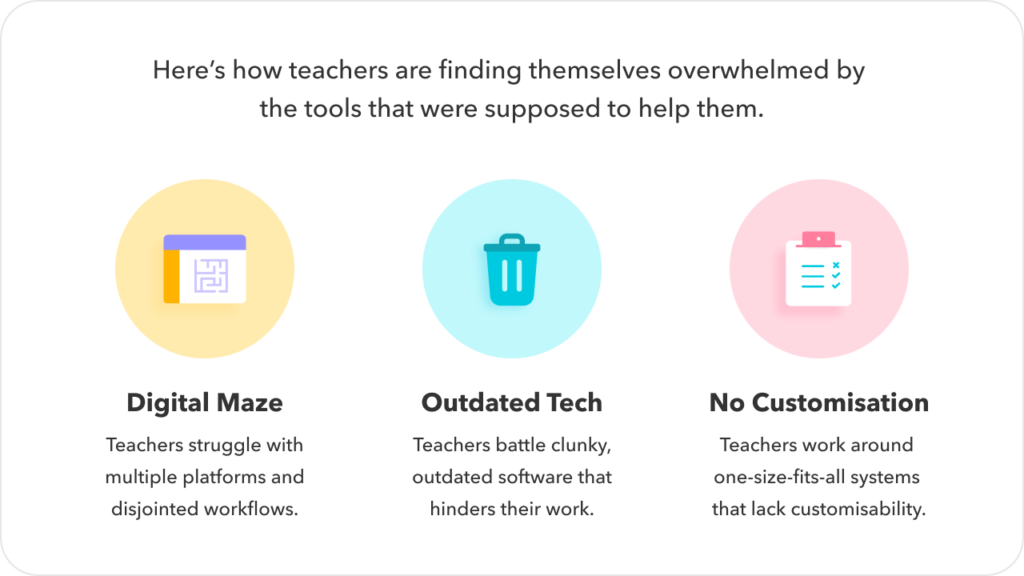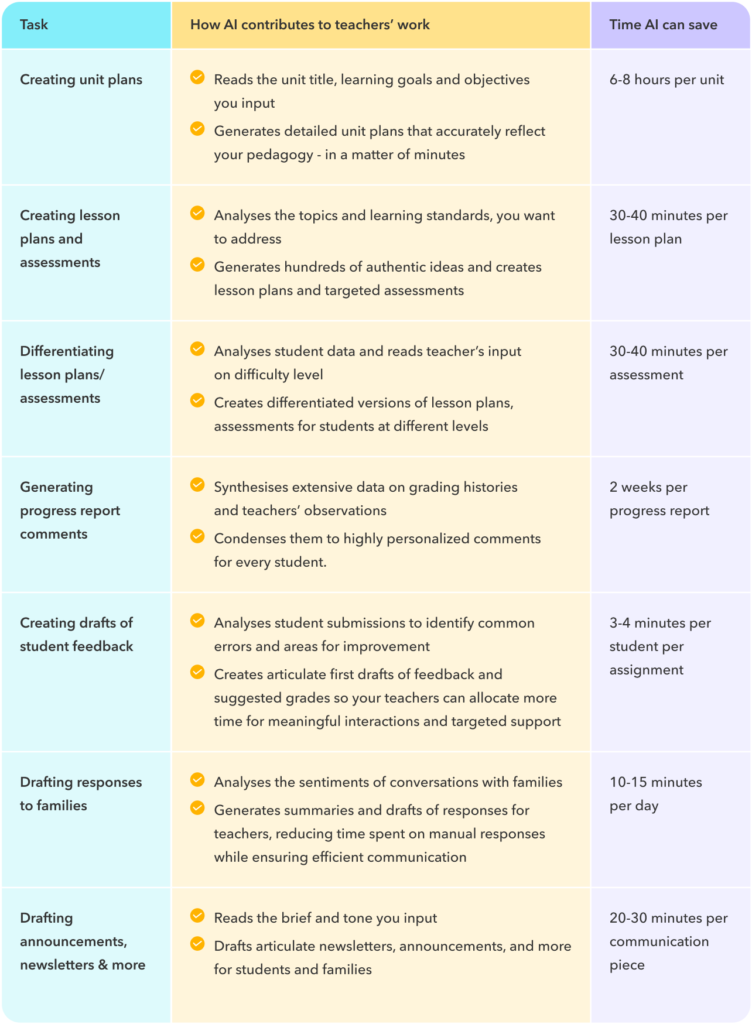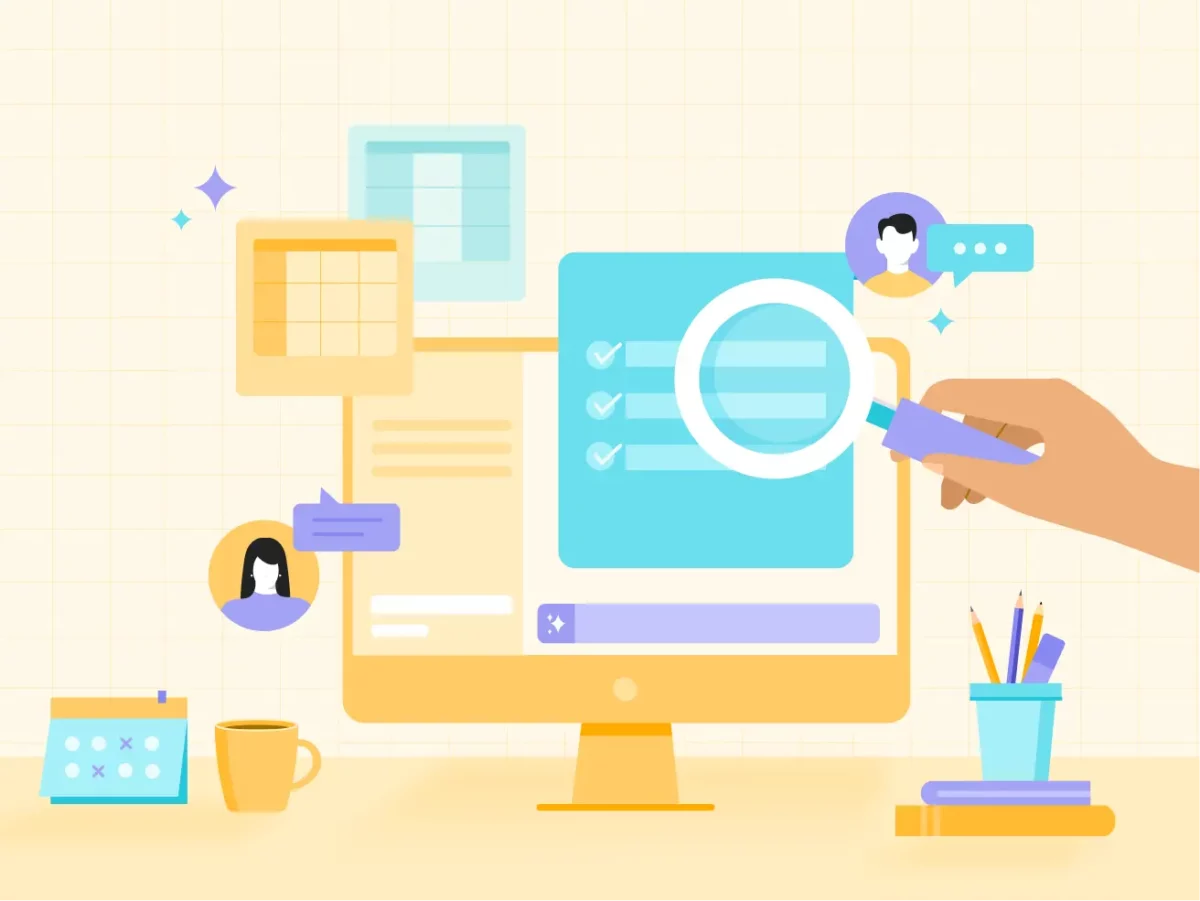Introduction
Teachers in Australia are battling an invisible enemy – burnout. A quick Google search paints a stark picture of teacher shortages and a disheartening number of educators contemplating whether they’re better off leaving the profession altogether.
A recent article on the Australian Education Union website, aptly titled “Crunch Time,” reveals some worrying statistics. Over 50% of Australian teachers are grappling with anxiety, and nearly 20% are experiencing depression.
The result? Extreme burnout and a mass exodus out of the teaching workforce.
According to the Australian Teacher Workforce Data, a staggering 35% of teachers are planning to leave the profession before retirement. As a team of former educators ourselves, these figures hit close to home. This crisis has profound consequences for both teachers and the future generations of Australians they educate. But what’s fueling this burnout epidemic?

Peeling back the layers: The roots of teacher burnout
Considering the wide array of data sources available and the media calling attention to this issue, we can zero in on the following key reasons.
Teachers never just teach!
Endless lesson planning, grading, administrative paperwork, professional development… all this on top of spending 4-6 hours each day actually teaching students. McKinsey and company did a study in 2020, which surveyed teachers globally. Of the roughly 50 hours teachers work, barely half of it is focused on interacting with students. They were spending hours on planning for lessons, marking assessments, and endless paperwork. It’s no wonder teachers are bringing work home and sacrificing their personal time.

High expectations & accountability
Teachers are under immense pressure to perform for their students, schools, parents, and communities. The pressure of testing performance, school rankings, and parents’ expectations creates an unsustainable burden on already overworked educators.
Emotional and behavioural challenges of students
Addressing the complex emotional and behavioural needs of students is a crucial part of a teacher’s job. However, it can take an emotional toll on teachers themselves, especially when combined with the challenge of catering to diverse learning needs and backgrounds. This article by ABC news shed some light on just what teachers are facing.
The fourth, likely most important reason: technology
What is meant to aid teachers has often done the opposite. Technology, as we explore below, has gotten more wrong than right.
Technology as a stressor: The unintended consequence
For over two decades, technology has promised to revolutionise education, but the reality for educators has often been one of frustration and fragmented tools.
Picture this, a teacher spending hours manually transferring data between systems, struggling to communicate with parents through multiple channels, or figuring out outdated software that crashes right in the middle of a lesson.
Instead of streamlining their work, many learning platforms have added layers of complexity, demanding precious time and energy that should be devoted to students.

Things though are changing. Technology providers are now moving away from the feature race and refocusing on the four critical elements that will finally ensure that tech lives up to its potential.
Changing the narrative: 4 key elements of purpose-built technology
Holistic, not fragmented
The ideal tech platform should integrate all aspects of teaching and learning in one place. From whole school curriculum planning, to unit planning, to lesson planning, to designing and delivering assessments, to recording feedback and giving grades, to analysing performance, to adding artefacts of learning to student portfolios at a single click, to communicating meaningfully with families, to using all of this information to manage student wellbeing — all brought together seamlessly on one platform.
A teaching enabler, not just a tool
The ideal LMS should go beyond just simplifying teachers’ administrative tasks. It should be a tool that actively enhances their pedagogical practices. It should provide teachers the creative freedom to design curriculum and assessments in flexible, personalised ways, while still offering structure to ensure alignment and generate meaningful analytics.
It should support a range of modern assessment tools, rubrics, checklists, and support peer and self-evaluation so every assessment becomes a learning opportunity. It should capture student work beyond traditional formats and build a rich, continuous portfolio of their learning journey
It should transform progress reports into engaging, evidence-based documents that seamlessly integrate photos and videos of student work and provide forward-looking feedback. In essence, the ideal LMS should be a vehicle for pedagogy, actively enhancing teachers’ practices and helping them better support students’ learning.
Integrated, not siloed
No learning and teaching platform can be an island. A great platform connects seamlessly with the wider edtech ecosystem. This in turn allows teachers to access their preferred tools directly within the LMS, creating a cohesive environment that supports a holistic view of each student. Imagine a school that is able to gain holistic insights on each student’s academic as well as wellbeing needs in a single place thanks to being connected to their SISes, portfolio tools, and more.
Smart and AI-powered
Built on modern frameworks, the ideal learning platform continuously evolves. It integrates cutting-edge technologies like AI to provide teachers with intelligent tools for personalised feedback, differentiated instruction, and data-driven insights.
Enter AI: the well-being focused assistant
AI is much more than a buzzword and is producing results that are quite encouraging. We believe school leaders should consider AI, seriously.
Personalised learning like never before
Imagine creating customised lesson plans for each student in your class—AV resources for visual learners, hands-on activities for kinesthetic learners, and assessments tailored to reading levels and prior knowledge. This level of personalised learning is now becoming a reality with an AI-powered LMS. What once took hours can now be accomplished in just a few minutes, giving teachers more time to focus on what matters most—student growth.
Instant feedback, deeper understanding
Systems powered by AI can provide students with immediate, targeted feedback on their work, even from a simple photo of a worksheet. This frees up teachers from hours of grading, allowing them to focus on meaningful interactions and deeper learning.
Full-fledged assessment partner
With AI, the entire assessment cycle can be streamlined, from test-creation and personalised delivery to monitoring, grading, and analytics. Consider a system that crafts comprehensive assessments; from generating diverse questions to providing step-by-step solutions, all while keeping teachers firmly in the driver’s seat. This frees educators to focus on what truly matters: analysing results, providing targeted feedback, and guiding students towards deeper understanding.
By automating the more tedious aspects of assessment creation, AI helps teachers reclaim their time and energy, redirecting it towards the most impactful aspects of their practice.
Enhanced communication
Building a connected school community is so important, but it’s tough when everyone—teachers, students, leaders, and families—is constantly pressed for time. AI is now making it easier for our ever busy schools to stay in sync – from helping teachers draft personalised, context-aware messages and translating them into preferred languages to summarising long conversation threads and automatically and flagging important conversations for school leaders.
Data-driven decision-making
Analytics combined with AI can sift through mountains of school data, revealing hidden patterns and insights that inform instructional strategies, resource allocation, and student support. This empowers school leaders to make informed decisions that drive real results.
These capabilities can save teachers hours each week. Imagine the positive impact on teachers’ stress and anxiety when they realise how much of their cognitive load can be lifted with AI as a partner.

Calculate how much time your
teachers will save with AI
We need to build a brighter future, with technology as a partner
The teacher crisis in Australia is a complex issue with no easy fixes. A long term solution is only possible with inputs and changes that are systemic rather than merely prescriptive. School leaders, teachers, government leaders, and the entire education ecosystem in Australia will have to work on this together.
However, recent advances in technology, such as generative AI, do offer tangible, actionable solutions to one of the biggest burdens our educators face: unsustainable workloads.
Investing in integrated, intuitive, and AI-powered systems is not just about efficiency; it’s about empowerment. It’s about giving teachers back their time, their energy, and their passion for the profession. It’s about creating a future where technology doesn’t add to the stress, but instead, lifts it away.
At Toddle, we focused our energies to build exactly this kind of platform with the goal to give teachers additional hours each week while elevating their practice. Thousands of teachers worldwide are able to focus on their well-being and have renewed their love of teaching, with Toddle by their side.











